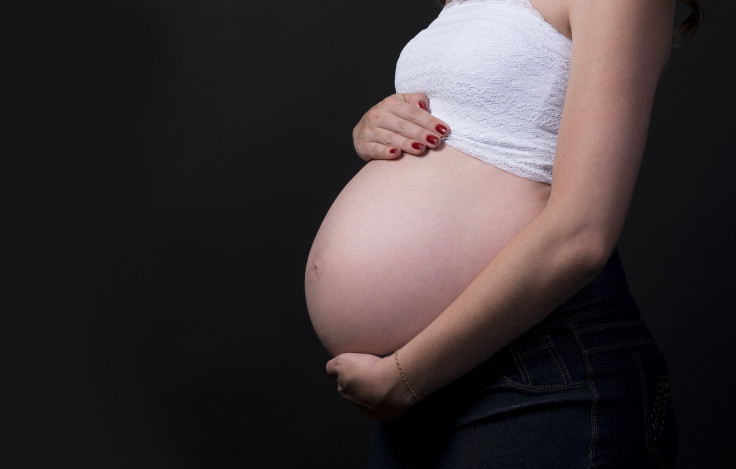World Preeclampsia Day, celebrated on 22 May, aims to raise awareness of the blood pressure condition in pregnancy, which is responsible for more than 70,000 maternal deaths and 500,000 fetal deaths worldwide each year.
this theme This year’s celebration is ‘Moving Preeclampsia Research Forward’ with the aim of improving the current preeclampsia treatment program which is only started after childbirth.
Preeclampsia affects 5-8% of pregnancies in the United States and is one of the leading causes of preterm birth. Current treatment for preeclampsia focuses on monitoring blood pressure and managing the condition until the baby is delivered.
Women with preeclampsia during pregnancy are at risk for chronic high-risk disease, study shows blood pressure Within 20 years after childbirth, they are susceptible to cardiovascular disease.
Preeclampsia not only affects maternal health, but also has a great impact on fetal growth and development. This condition increases the child’s risk of low birth weight because it prevents the fetus from getting enough blood, oxygen, and nutrients.
it causes complication in breathing, vision and hearing problems, and cerebral palsy in children. Children born to mothers with preeclampsia also have a higher risk of heart and circulatory disease later in life.
According to research, preeclampsia increases the chance of placental abruption, which can lead to heavy bleeding with fatal consequences for both mother and child.
Who is at risk?
Certain factors, such as multiple gestation, first pregnancy, and late pregnancy increase the risk of preeclampsia. Health conditions such as migraines, diabetes, rheumatoid arthritis, multiple sclerosis, polycystic ovary syndrome (PCOS), urinary tract infections, and certain autoimmune diseases can also increase the risk of preeclampsia. Women who are overweight or have a family history of preeclampsia are also at higher risk.
Early symptoms
Preeclampsia usually occurs after the 20th week of pregnancy.However, in some cases, it is possible to symptom For example:
- High blood pressure – systolic blood pressure above 140 mm Hg or diastolic blood pressure above 90 mm Hg
- protein in urine
- Fluid in the lungs
- low blood platelets counting
- visual impairment
- Headache
- Elevated liver enzymes
- Vomit
- swelling of the hands, face, feet, and ankles

Pixel Bay
Published by Medicaldaily.com


